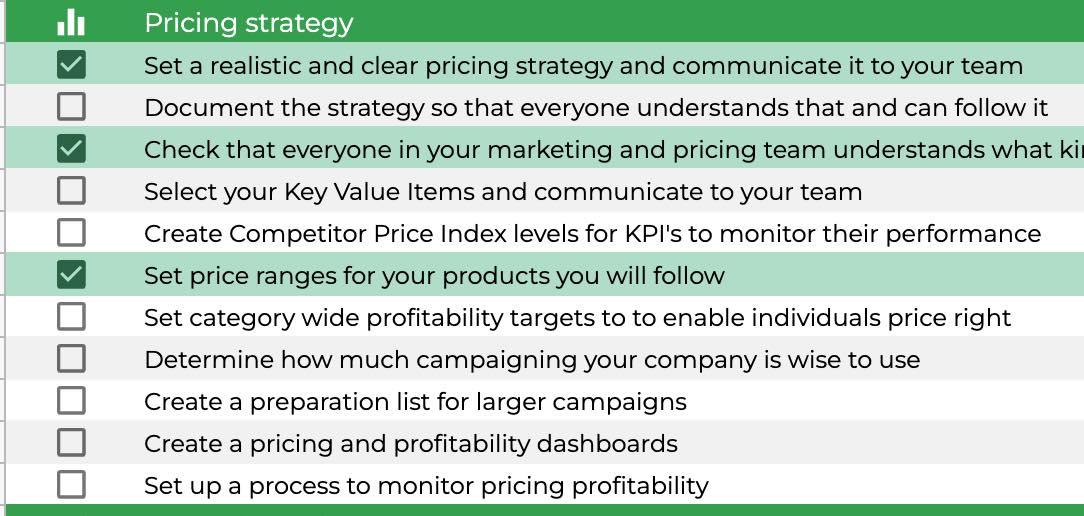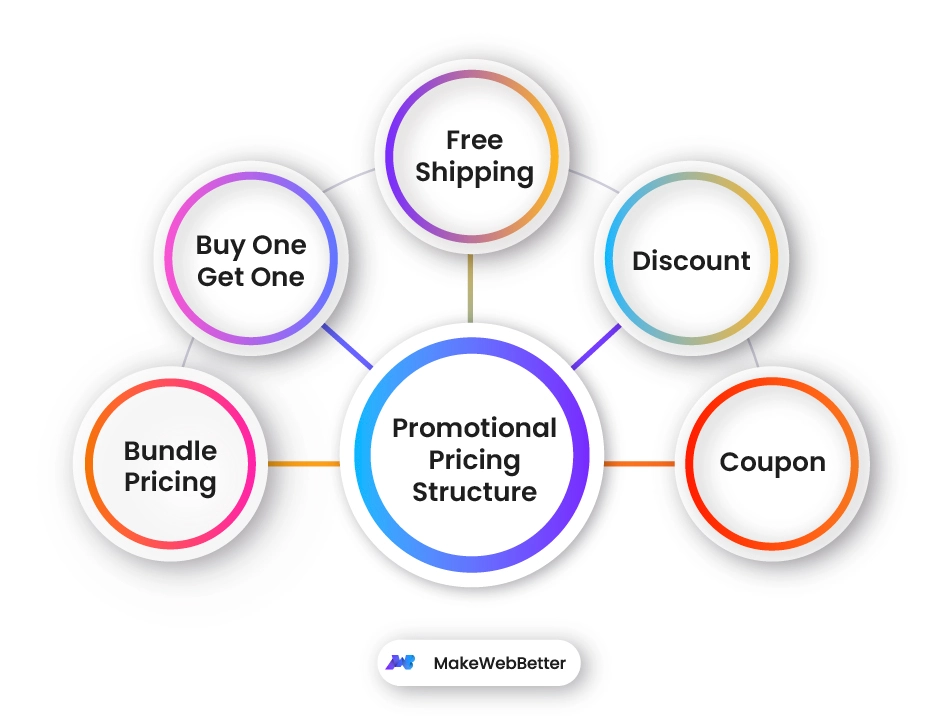Optimize Profits With Proven Pricing Method Techniques
Strategies such as value-based rates, dynamic pricing, and detailed market evaluation can dramatically improve a company's economic performance. Understanding consumer assumption and leveraging data analytics for dexterous rates changes are vital parts of this approach.
Comprehending Consumer Perception
Comprehending consumer perception is important for developing reliable rates approaches. It affects how customers review an item's worth, top quality, and overall appearance. Businesses must identify that customers typically base their readiness to pay not only on the item's innate qualities but likewise on psychological factors, consisting of brand online reputation, social condition, and regarded shortage.

Furthermore, business need to think about the duty of prices psychology, such as beauty pricing or price anchoring, which can dramatically affect customer habits. Recognizing these understandings allows organizations to frame their pricing approaches in a manner that straightens with customer assumptions while making best use of profitability.
Including client assumption right into prices techniques not just aids in establishing affordable costs yet also promotes brand name loyalty, as consumers feel understood and valued. Inevitably, a nuanced understanding of client perception can bring about sustainable income growth and boosted market positioning.
Studying Market Trends
To create a reliable rates strategy, assessing market trends is necessary for companies seeking to stay affordable. Recognizing the dynamics of market variations enables business to make educated choices relating to pricing adjustments, product launches, and resource allowance - Pricing Strategy. By keeping an eye on consumer actions, economic indications, and industry developments, organizations can identify patterns that notify their prices structures
Seasonal fads can offer understandings right into ideal pricing during optimal and off-peak periods, allowing for strategic discounting or marketing prices. In addition, keeping an eye on technical advancements can assist recognize possible risks or opportunities that might affect prices strategies.
Making use of information analytics devices can boost the accuracy of pattern evaluation, offering beneficial understandings that promote nimble decision-making. Business should also consider carrying out routine market study to confirm assumptions and adjust to progressing customer preferences. By leveraging these understandings, companies can not only optimize their rates strategies yet also enhance their total market setting, making certain long-lasting success and growth.
Competitive Pricing Strategies
An affordable pricing strategy is essential for services intending to get a side in a jampacked market. By analyzing competitors' pricing frameworks and market positioning, firms can strategically set their prices to attract consumers while keeping profitability. This strategy calls for an extensive understanding of both the affordable landscape and consumer perceptions of worth.
One reliable technique is rate matching, where a company uses to defeat a rival or match's price. This strategy can improve consumer commitment and motivate sales, especially in price-sensitive markets. In addition, penetration prices can be used to record market share by initially setting costs lower than competitors, luring customers to attempt the item and promoting brand understanding.
In addition, companies can implement mental prices strategies, such as pricing products simply below a round number (e.g., $9.99 rather than $10 - Pricing Strategy.00) This can produce the assumption of a much better bargain, influencing consumer habits
Eventually, a successful competitive rates strategy balances the requirement to stay eye-catching to clients while ensuring that the pricing version lines up with the company's general objectives. Regularly changing and reviewing pricing in response to market changes and competitor actions is important for continual success.
Value-Based Pricing Techniques
Value-based prices strategies concentrate on establishing rates primarily based on the regarded value of a service or product to the client, as opposed to solely on production costs or rival rates. This strategy requires a deep understanding of customer needs, choices, and the special advantages that the product and services offers. By recognizing the specific worth vehicle drivers that reverberate with customers, services can develop prices strategies that mirror the true worth of their offerings.
To implement value-based prices properly, companies have to engage in thorough marketing research, consisting of consumer surveys and emphasis teams, to collect understandings into consumer understandings. In addition, services should segment their client base to customize pricing methods that straighten with different value perceptions across sectors.
Interaction plays a critical role in value-based pricing; business should articulate the unique value suggestion clearly to justify the cost point. In addition, ongoing assessment and change are necessary, as consumer assumptions of worth may change gradually because of market dynamics or competitive actions. By prioritizing worth in pricing methods, companies can improve customer contentment, boost loyalty, and eventually optimize profits.
Dynamic Prices Models

Dynamic prices leverages sophisticated formulas and data analytics to monitor competitor prices, consumer actions, go to my site and inventory levels. By dynamically changing prices, businesses can maximize income, make the most of profit margins, and respond quickly to modifications in the industry. Airlines commonly utilize this version to change ticket prices based on variables like remaining seats, time until departure, and competitor rates.
Nevertheless, the implementation of dynamic pricing need to be come close to with care. Transparent interaction with clients is necessary to maintain trust and stay clear of assumptions of unreasonable pricing techniques. Furthermore, organizations must ensure that their prices formulas are not overly intricate or opaque, as this can bring about client discontentment.
Ultimately, when performed thoughtfully, vibrant prices designs can provide organizations with a significant affordable advantage, permitting them to take advantage of on market opportunities while satisfying consumer expectations in a rapidly changing financial landscape.
Verdict

Methods such as value-based rates, dynamic prices, and extensive market analysis can substantially enhance a company's monetary efficiency. Seasonal fads can offer understandings right his comment is here into ideal prices throughout optimal and off-peak periods, enabling for tactical discounting or promotional pricing.Dynamic prices leverages innovative formulas and data analytics to monitor rival prices, client actions, and supply degrees. By understanding client perception, analyzing market patterns, and applying affordable pricing strategies, businesses can efficiently align their rates with customer assumptions. Furthermore, value-based prices and vibrant pricing models allow organizations to respond agilely to market changes.